Made by 1616 / arita japan (Arita, Japan)
- Handmade porcelain cup in matte grey or satin white
- Microwave & dishwasher safe
- Dimensions: Ø60 x H52 mm / 90ml
UK & International delivery
View delivery options
![]() Click & Collect
Click & Collect
Available from our studio
£18.00
Made by 1616 / arita japan (Arita, Japan)
UK & International delivery
View delivery options
![]() Click & Collect
Click & Collect
Available from our studio
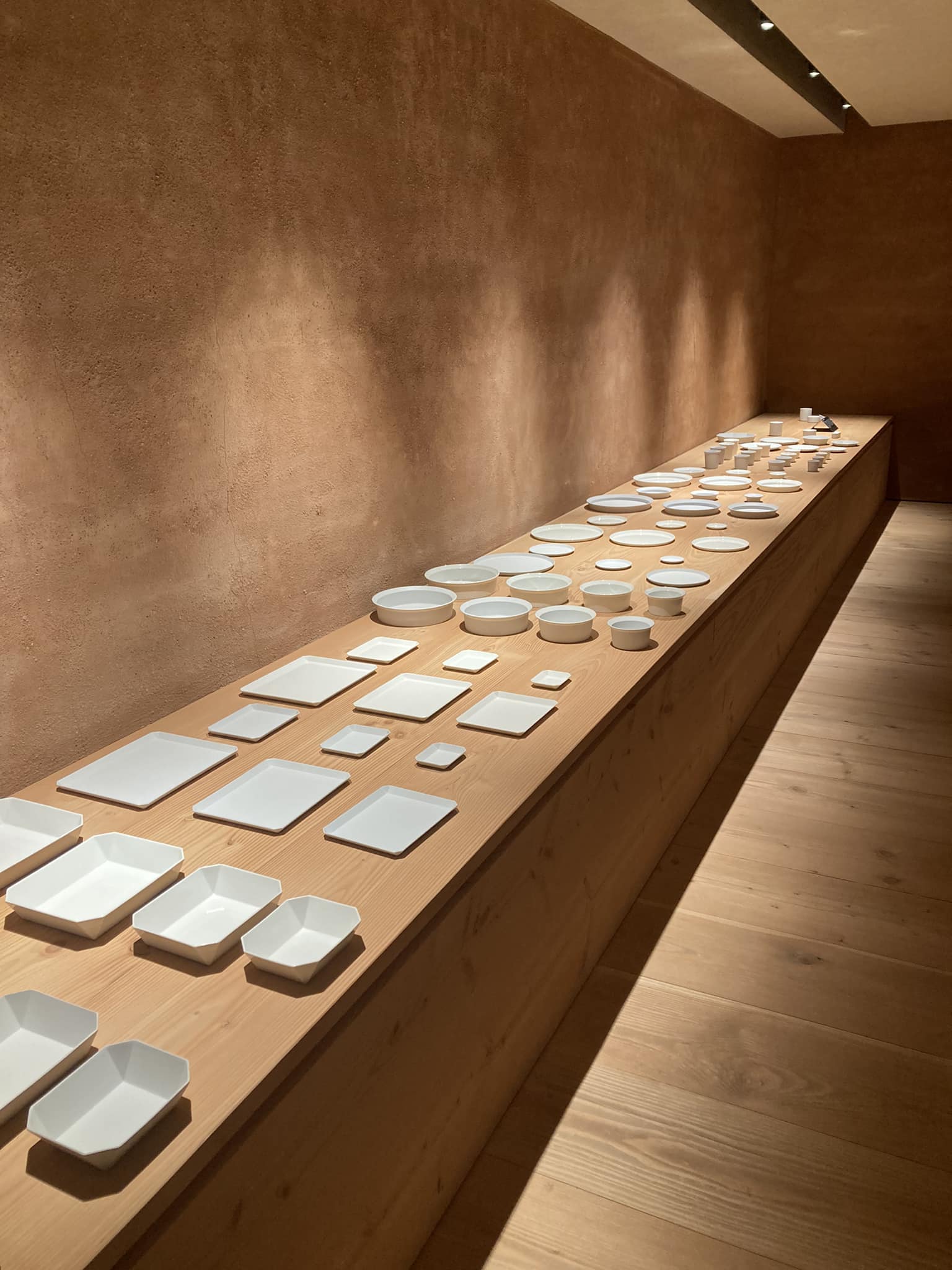
by Teruhiro Yanagihara
Following the tradition of Arita pottery, Teruhiro Yanagihara developed a new series of ceramics using the traditional technique of clay made of crushed stone, though in a different composition. The result is a high-density kind of clay that makes the pottery items extremely strong and heat and stain-resistant, even without glaze. A special agent added to the clay provides the Standard series with a characteristic light grey, matte tone.
The series clearly show Yanagihara’s interest in borderless design. Items don’t have predetermined functions but allow different combinations and usages and good stackability among the Standard products. Square plates, for example, can be used as trays and small round plates double as lids. Bowls can be used for both Japanese rice or Western-style morning cereals, while the small cup is made for Italian espresso, it also perfectly serves Japanese sake.


Teruhiro Yanagihara was born in 1976, Japan and spent his youth in Kagawa Prefecture. He established his own design company in 2002, and has been contributing “borderless” designs for national and international clients.
His projects cross boundaries and cultures to form encounters between contemporary design, industries and Japanese crafts. Since 2002, Yanagihara has been active in many design fields. He has exhibited at several international fairs such as the Stockholm Furniture Fair and Milan Salone. He is a product designer for clients such as OFFECCT (Sweden), Pallucco (Italy), Landscape Forms (USA), Wallpaper* (UK) and Kimura Glass (Japan) and an interior designer for Sergio Rossi (Italy), and the Less Is More (LIM) Group in Japan, among others.
He is the creative director of the furniture brand Karimoku New Standard (Japan), the leather item collection TYP by Morpho (Japan) and the ceramics brand 1616/ Arita Japan. Currently he is working as Creative Director on a ceramics project which celebrates the 400th anniversary of the Arita pottery industry in Japan and is personally involved in product development.The Stools and Pile series from Karimoku New Standard are taken into the permanent design collection of F.N.A.C. (Fond National d’Art Contemporain), Paris.
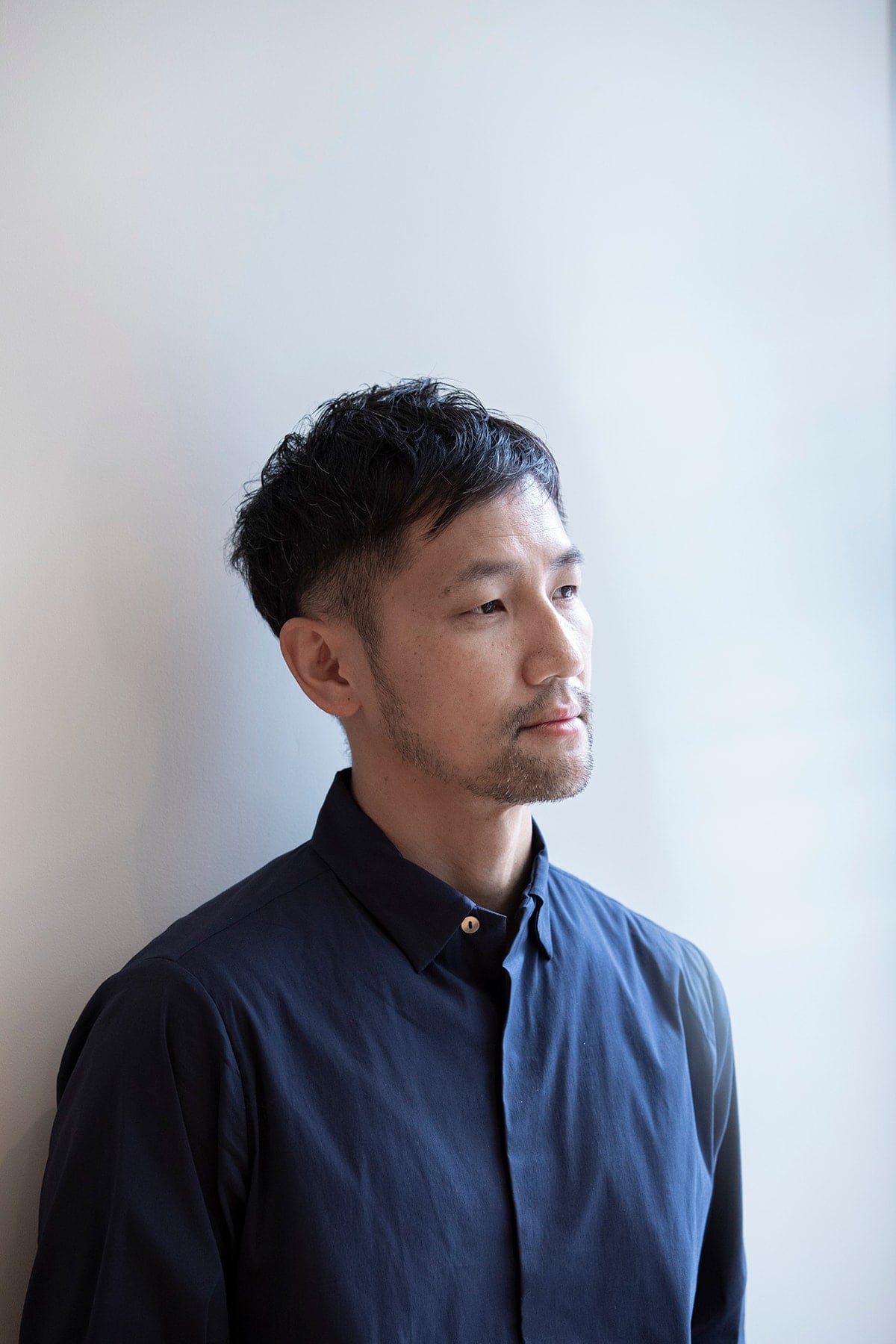
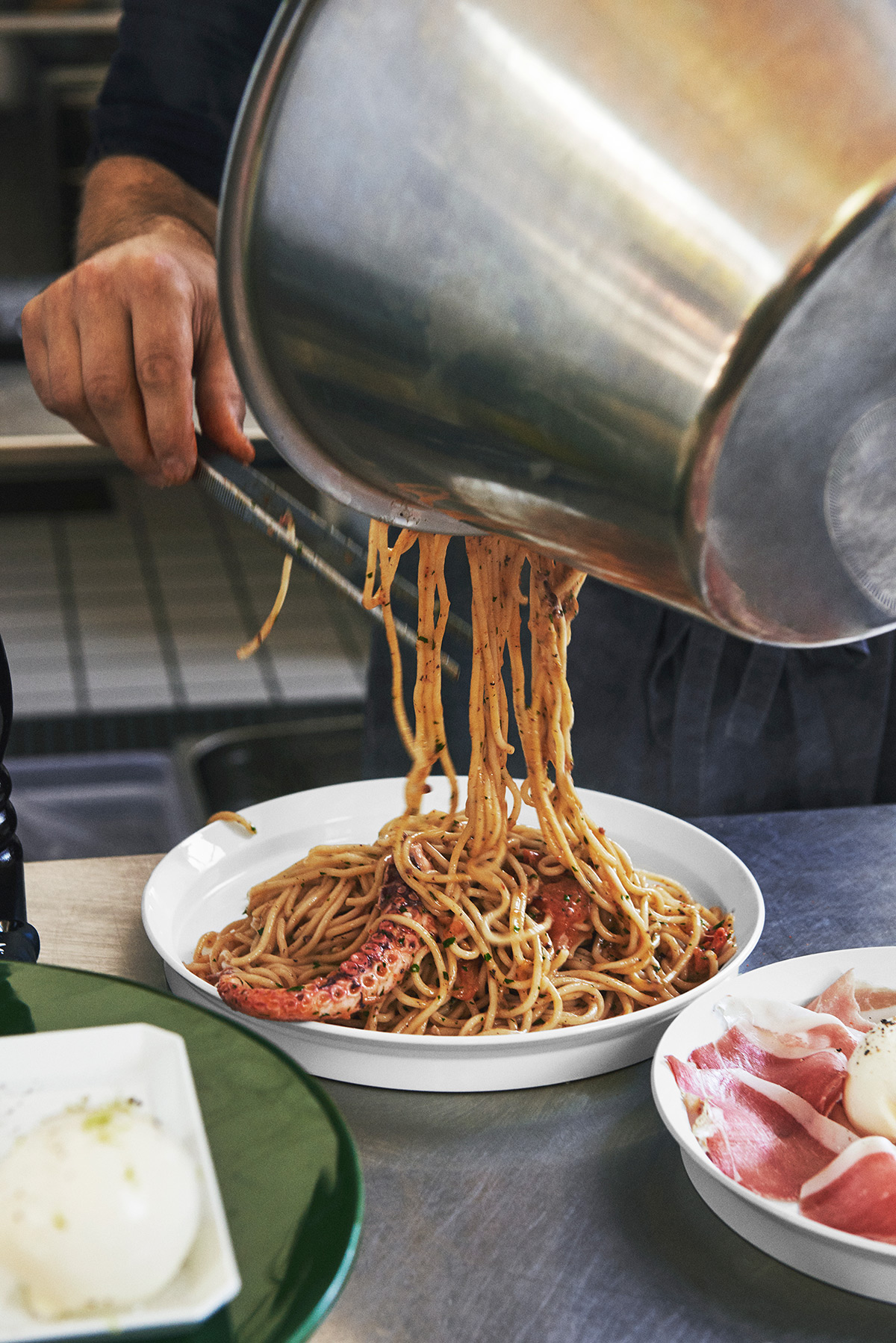
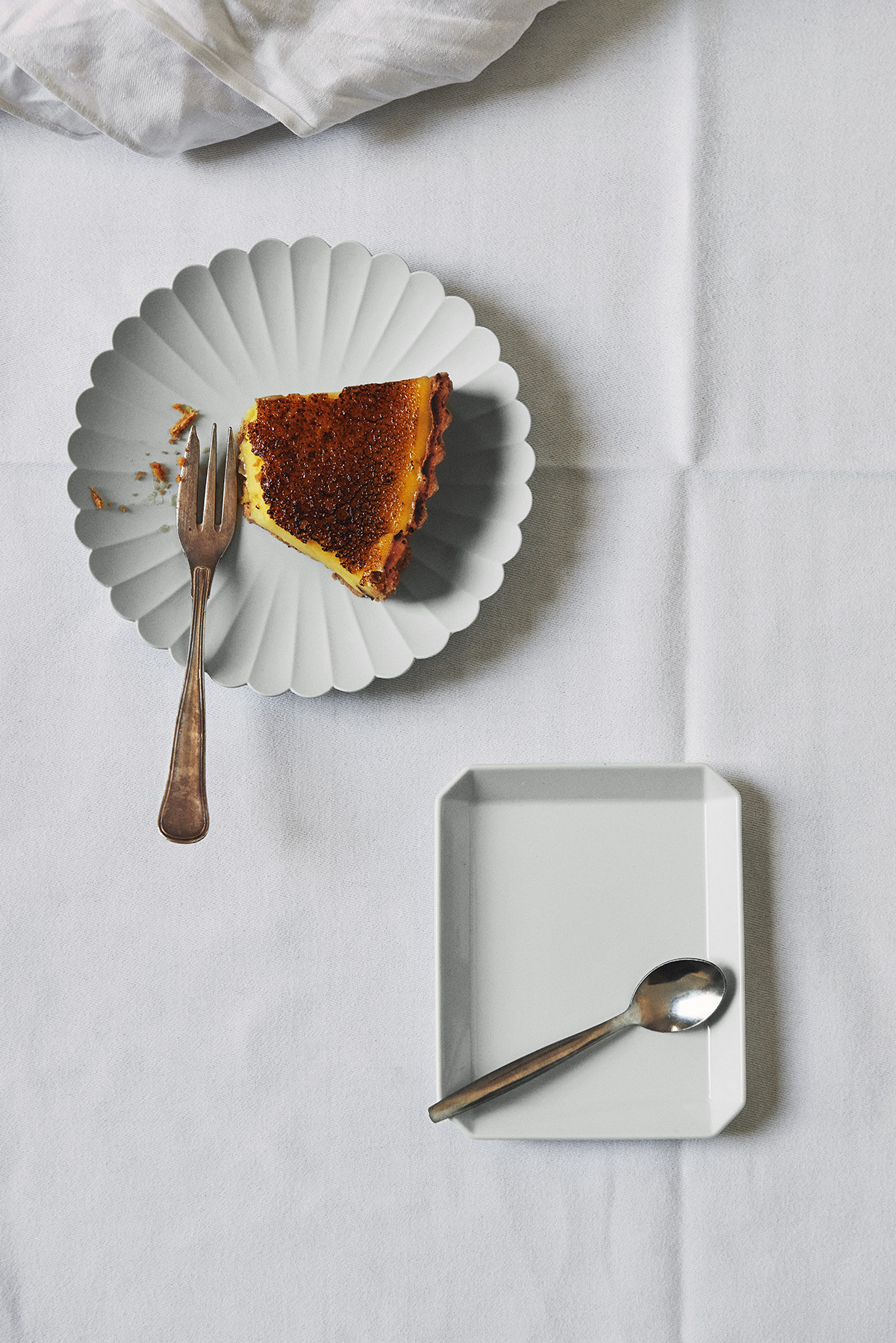
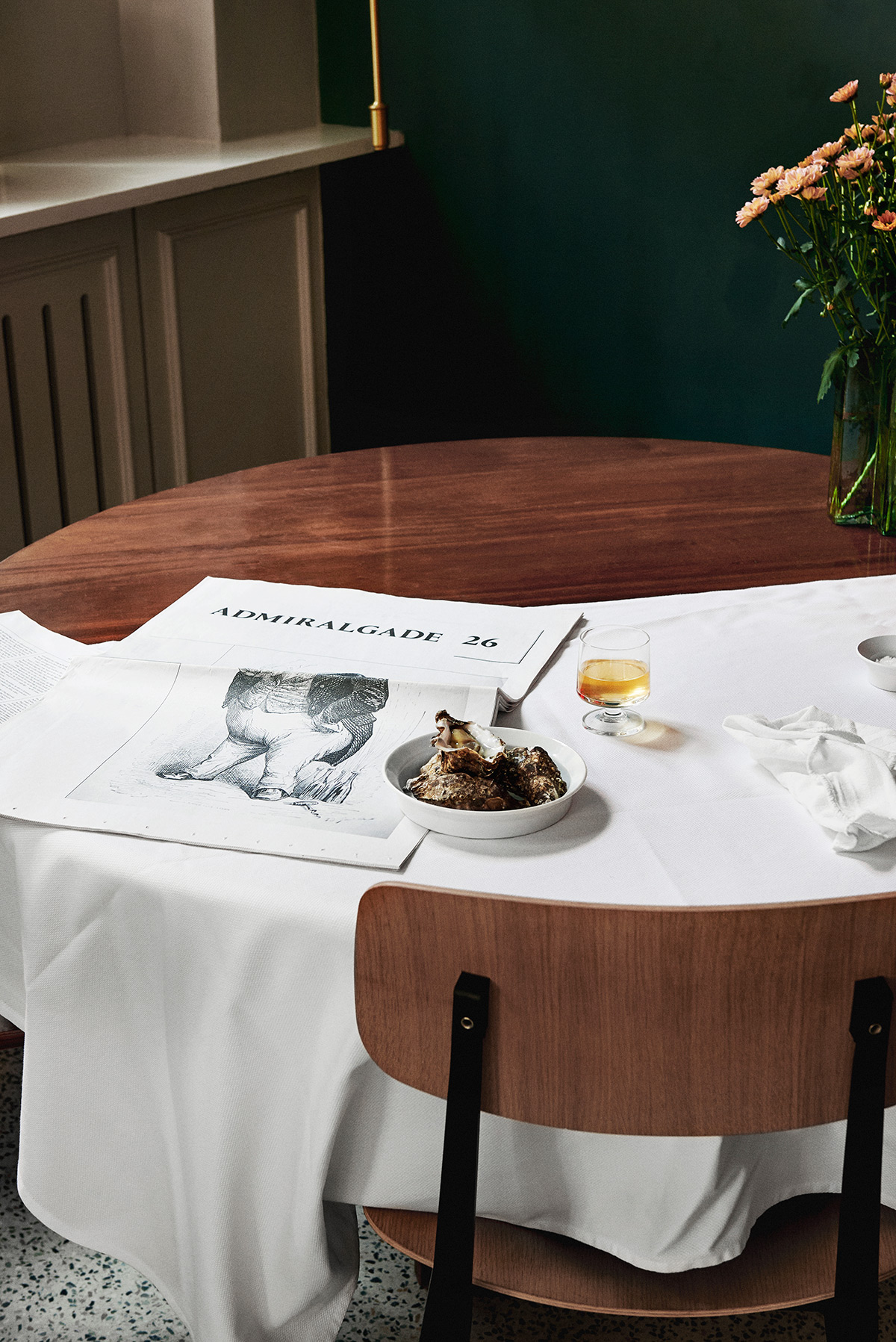
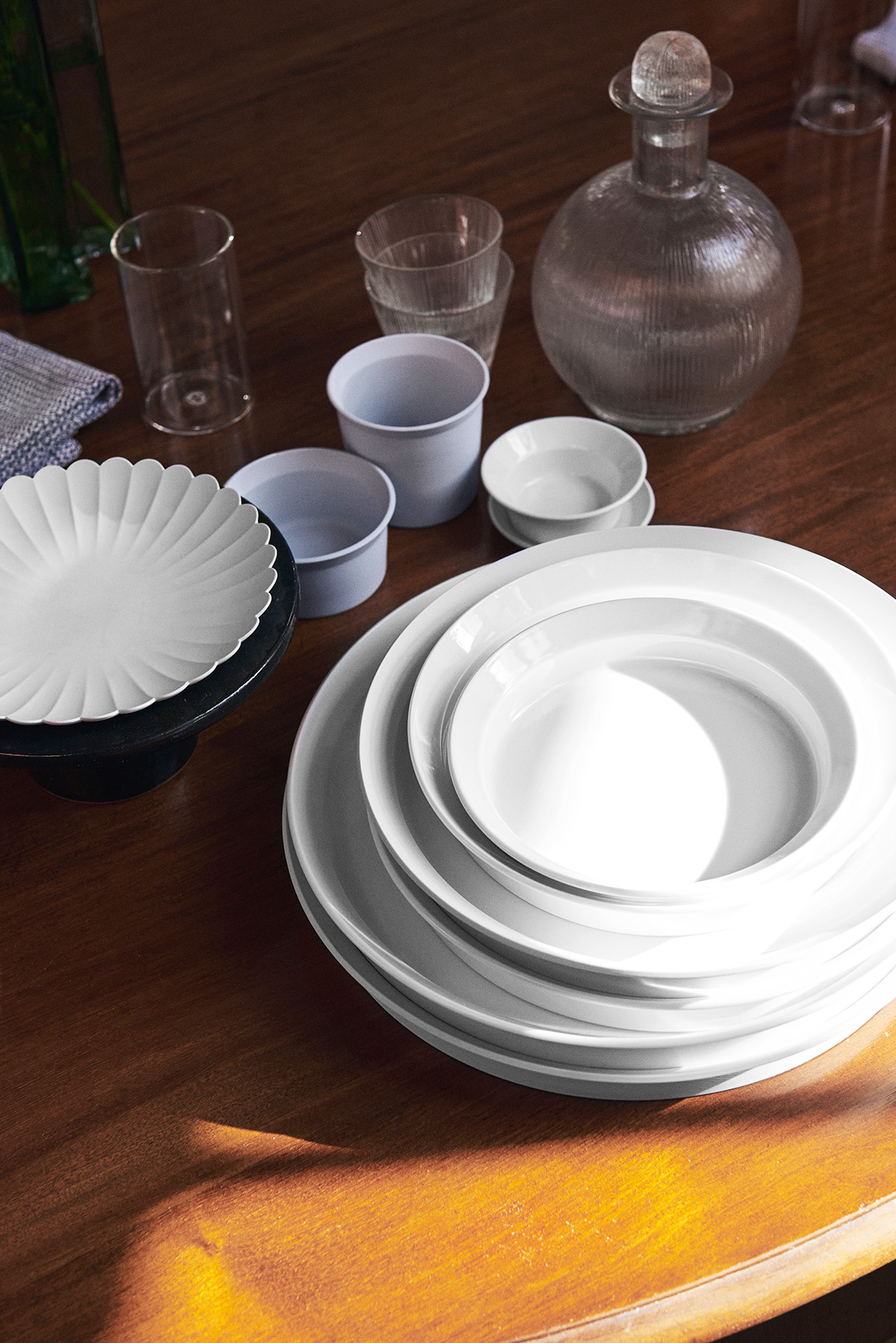
More from the TY Collection:


1616 / arita japan
Aritayaki, a kind of Japanese pottery, finds its roots in the ancient ceramics town of Arita located on Kyushu Island in southern Japan. It was in this town in the year 1616 that the Koreans first introduced the art of pottery to Japan. Today, Arita still produces ceramics made by local craftsmen using the distinctive ingredient of clay made from crushed stone. Inspired by the profound experience and skills of local Arita craftsmen, designer and creative director Teruhiro Yanagihara developed a new ceramics brand for the Momota–Touen Corporation.
Named after its origins, 1616 / arita japan products are produced in the same factories as the original Arita pottery but take a different design approach. 1616 / arita japan stands for contemporary products that can be used everyday, though made with the extraordinary workmanship, thinness and strength of original Arita-ware.
Teruhiro Yanagihara, the creative director of 1616 / arita japan, designed the Standard series and then invited Dutch designers Scholten & Baijings to develop their another line: Colour Porcelain. Both contributions throw new light on Japanese tradition, mixing Asian craftsmanship with European culture. While Teruhiro Yanagihara experiments with the clay and the usage of the pottery, Scholten & Baijings emphasize the dialogue between applied art and everyday use by means of colour and form.
The CMA Clay collection was released in 2022, following a 3-year collaboration with Danish designer, Cecilie Manz. The 47-piece porcelain dinnerware collection is produced in three ceramic workshops in Arita, Japan, and features a mix of flat, deep, low, and tall pieces designed for both Japanese and European kitchens. The stackable plates, dishes, and bowls are crafted from Arita’s renowned porcelain clay, using both classic chalk-white and raw natural gray. The set combines glazed and unglazed finishes for a balanced, versatile aesthetic.
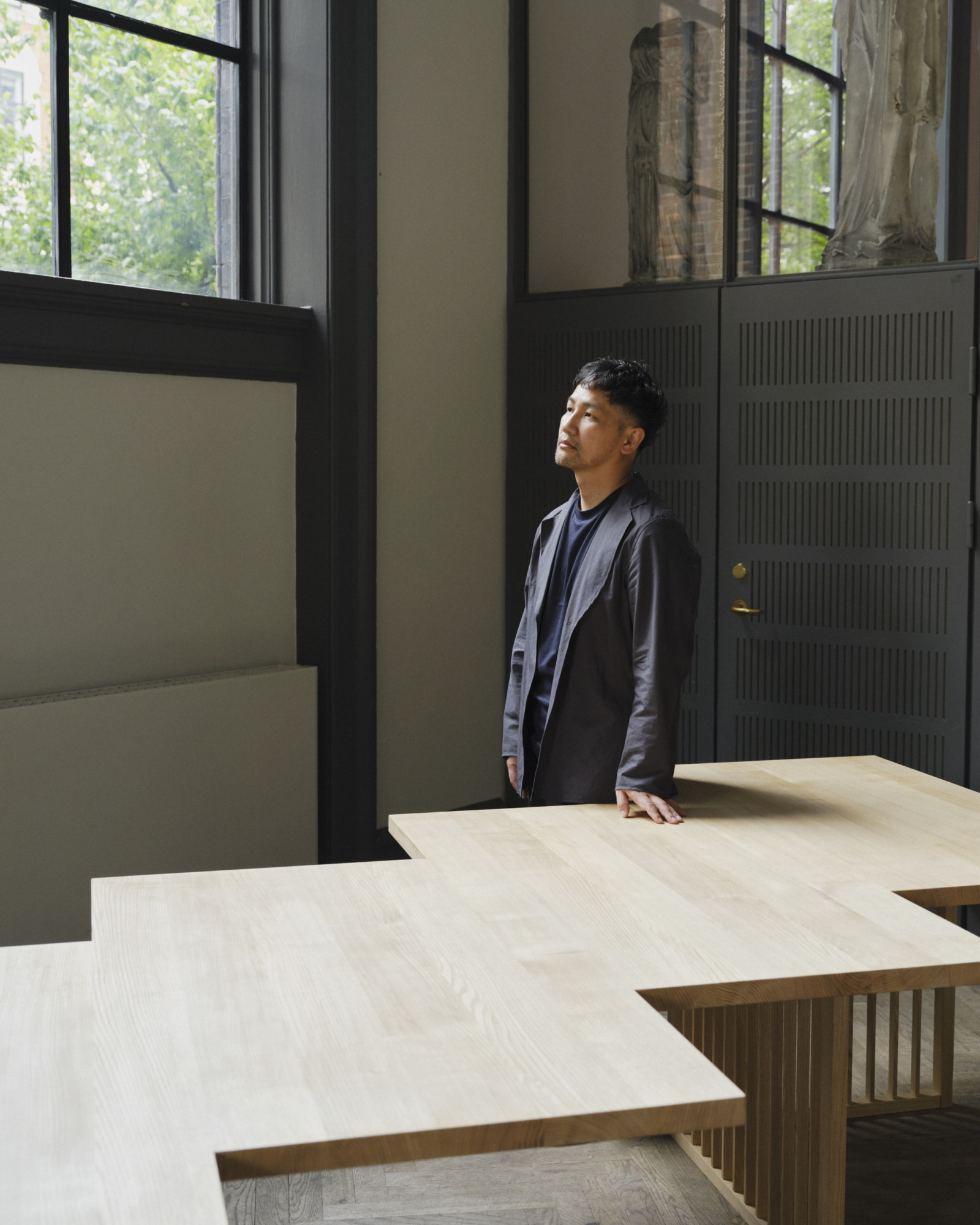
![]()
UK & International Delivery
We offer Royal Mail & courier services for fast UK and International delivery.
| Arita Colour | Grey, White |
|---|
